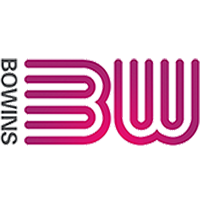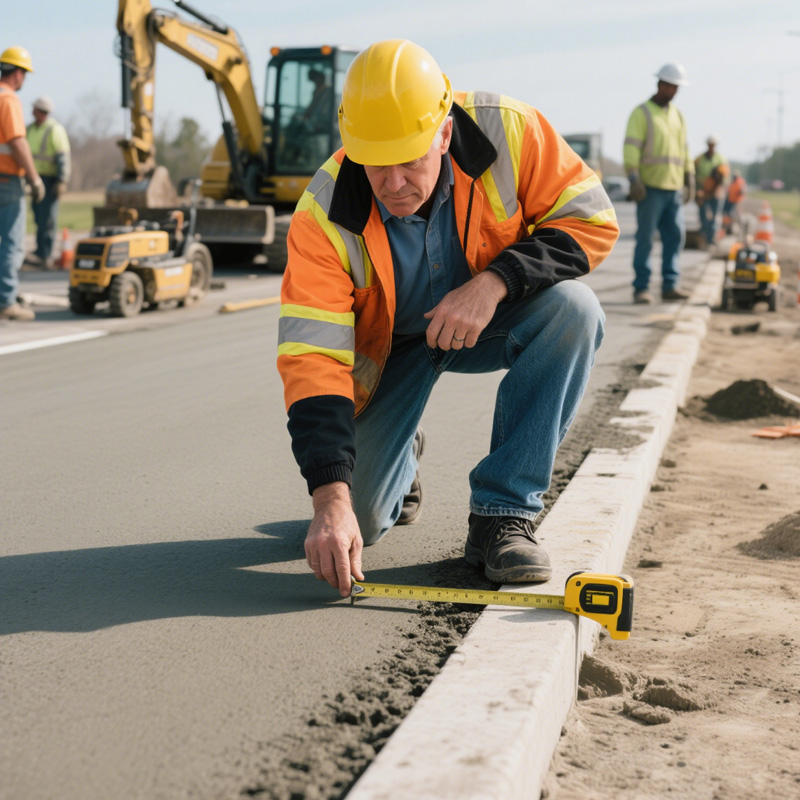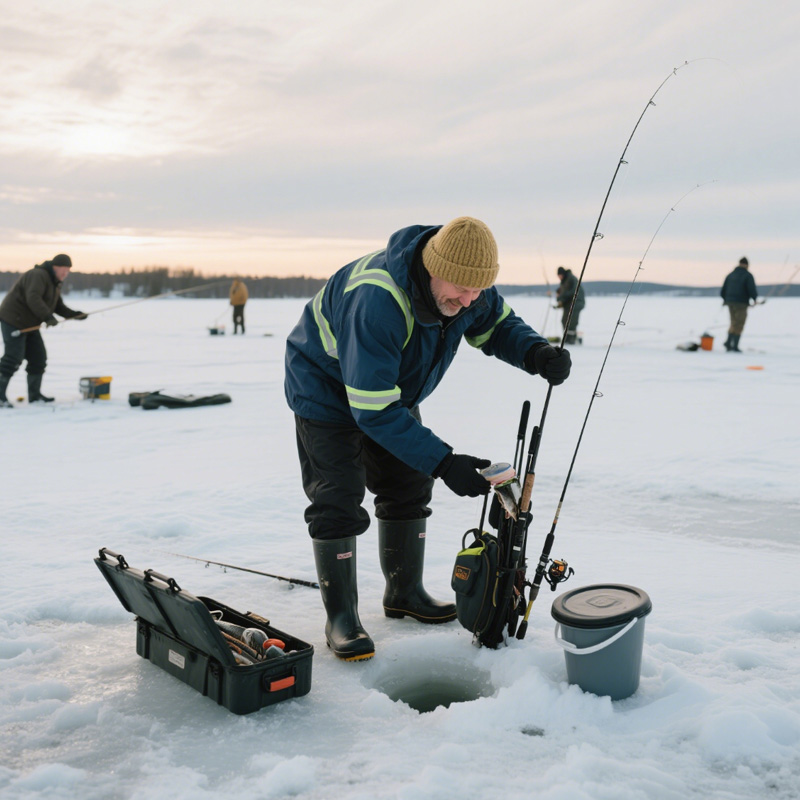The popularity of heated vests for men and women is on the rise, especially during winter and for various outdoor sporting activities. These vests are equipped with built-in battery-powered heating elements that effectively keep the body warm, allowing individuals to stay comfortable and focused for extended periods in the field. However, a common question that arises is whether heated vests are harmful to the heart. As a heated vest supplier, BOWINS Garment offers heated vests designed for outdoor enthusiasts and aims to explore and provide answers regarding this concern.
1. What Is the Heated Vest?
Heated vests are specially designed garments that cater to the needs of hunters, providing warmth and comfort in cold weather conditions. These vests incorporate battery-powered heating elements that distribute warmth throughout the body. The heating system is seamlessly integrated into the vest and powered by rechargeable batteries. The strategically placed heating elements, typically on the chest and back, ensure that hunters feel warm and cozy all over.
Outdoor sporting heated vests are equipped with buttons or switches that allow users to control the level of heat according to their preference. This feature enables individuals to adjust the temperature to their desired comfort level. The vests are constructed using durable materials that offer protection against wetness, wind, and snow. Despite their sturdy construction, these vests are lightweight and flexible, allowing hunters to move freely and easily.
2. How Does Heated Vest Work?
Heated vests for outdoor sporting activities function similarly to heated pants, as they are designed to provide warmth and comfort in cold weather conditions. Here is a simplified explanation of how heated vests work:
2.1 Material
Heated vests are crafted from special materials that effectively trap body heat and provide insulation against the cold. These materials also have moisture-wicking properties to keep hunters dry in wet conditions. The vests are designed to allow sweat and excess heat to escape, preventing overheating.
2.2 Heating Element
Thin and flexible heating elements are integrated into the vest. These elements are typically made from materials like carbon fibers, known for their efficient heat distribution. They are strategically placed in areas such as the chest and back to ensure the entire body remains warm.
2.3 Power Source
Heated vests are equipped with lightweight batteries that power the heating elements. These batteries are conveniently placed in a pocket on the vest. Depending on the specific vest model, the batteries can last for several hours, providing a continuous source of heat.
2.4 Temperature Control
Some heated vests offer users the ability to adjust the desired level of warmth. They are equipped with buttons or switches that allow for easy temperature control. This feature ensures that individuals can maintain their desired comfort level, even when weather conditions change or different activities are being performed.
2.5 Safety Features
Safety is a crucial aspect of heated vests. The heating elements are designed to maintain a safe temperature that does not harm the skin. The electrical components are properly protected to eliminate the risk of electric shocks. Additionally, the vests incorporate safety features to prevent overheating or electrical malfunctions.
Heated vests provide warmth and customizable comfort for individuals who spend time outdoors in cold weather conditions. They allow wearers to focus on their activities without being hindered by the cold, thereby enhancing their overall outdoor experiences, whether it’s hiking, walking, fishing, hunting, or sailing, among others.
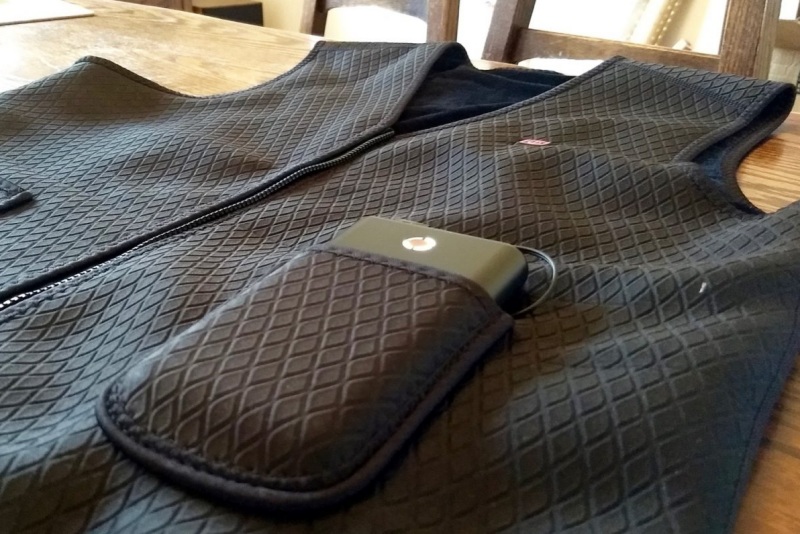
3. Is Heated Vest Harmful to the Heart?
It is not uncommon for people to express concerns about the potential harm heated vests may pose to the heart and overall health when worn outdoors. Let’s address some common misconceptions and provide clarification on this matter.
3.1 Heated Vests and Heart Problems
Heated vests, by themselves, do not directly cause heart problems. The primary purpose of heated vests is to maintain warmth and comfort, without interfering with the heart’s normal functioning or the cardiovascular system. However, it is important to exercise caution regarding overheating and prolonged exposure to excessive heat.
While heated vests are generally safe, excessive heat and inadequate self-care can lead to issues such as dehydration, heat exhaustion, or even heatstroke. These conditions can strain the heart, especially in individuals with existing heart conditions. Therefore, responsible usage of heated vests is crucial. Individuals should pay attention to the duration and intensity of heat exposure, take breaks when necessary, and ensure proper hydration.
3.2 Heated Vests and Irregular Heart Rhythms
Another misconception is that heated vests can cause irregular heart rhythms, such as arrhythmias. However, there is no scientific evidence to support this claim. Irregular heart rhythms are typically caused by underlying heart conditions, electrolyte imbalances, or other factors unrelated to wearing a heated vest. It is important to differentiate between correlation and causation when examining such claims.
For individuals with pre-existing heart conditions, caution should be exercised when using heated vests or being exposed to high temperatures for extended periods. Conditions like coronary artery disease, congestive heart failure, or arrhythmias can be sensitive to changes in body temperature. It is advisable for individuals with these conditions to consult their healthcare professionals before using heated vests or engaging in activities that exposethem to extreme temperatures.
4. Which is Safer Between A Heated Vest or An Electric Blanket?
Both heated vests and electric blankets can be used safely when used according to the manufacturer’s instructions and basic safety guidelines. However, there are some differences to consider when comparing the safety aspects of heated vests and electric blankets:
4.1 Proximity to the Body
Heated vests are designed to be worn directly on the body, while electric blankets are placed on top of the bed or used to cover oneself. Heated vests have heating elements strategically placed to provide warmth to specific areas of the body, while electric blankets distribute heat evenly over a larger surface area.
4.2 Supervision
When using an electric blanket, it is typically left unattended while you sleep. Some people may leave it on throughout the night. On the other hand, heated vests are usually worn during waking hours, allowing for more direct supervision and monitoring of the heat levels.
4.3 Temperature Control
Both heated vests and electric blankets often feature temperature controls. However, electric blankets typically offer more temperature settings and control options, allowing users to adjust the heat level to their preference. Some heated vests may have limited temperature control options or predefined heat settings.
4.4 Power Source
Heated vests are battery-powered, while electric blankets are connected to an electrical outlet. The use of batteries in heated vests eliminates the risk of electrical shocks or malfunctions associated with direct electrical connections. However, it is important to handle and charge the batteries properly to ensure their safe usage.
4.5 Material and Safety Features
Heated vests and electric blankets are designed with safety features to prevent overheating and electrical malfunctions. These safety features may include automatic shut-off mechanisms to prevent excessive heat or electrical issues. It is important to choose products from reputable manufacturers that comply with safety standards and prioritize user safety.
Heated vests are worn directly on the body and have heating elements placed strategically for specific warmth, while electric blankets cover the bed. Electric blankets require unsupervised use during sleep, while heated vests are worn during waking hours for better supervision. Electric blankets offer more temperature control options, while heated vests are battery-powered, reducing electrical risks. So heated blankets have been safely used for many years, and safer heated vests are not harmful to our hearts.
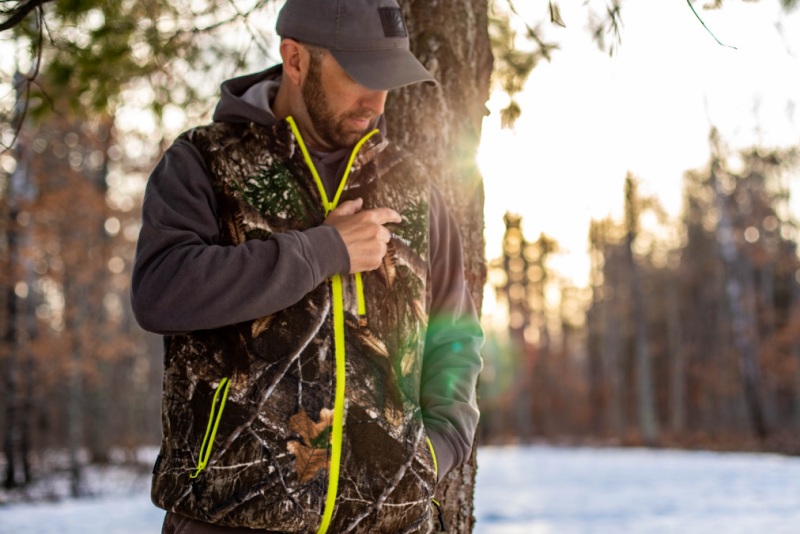
5. General Safety Tips for Using Heated Vest
To ensure the safe and enjoyable use of heated vests, here are some general safety tips to keep in mind:
5.1 Read and Follow Instructions
Carefully read the manufacturer’s instructions and guidelines that come with your heated vest. Follow the recommended usage, charging, and cleaning instructions to maintain the longevity and safety of the vest.
5.2 Avoid Prolonged Exposure to Heat
While heated vests provide warmth, it is important to avoid prolonged exposure to excessive heat. Extended periods of high heat can lead to dehydration, overheating, and potential health risks. Take breaks, remove the vest if needed, and maintain proper hydration.
5.3 Stay Hydrated
Proper hydration is essential when using heated vests, especially during physical activities or in dry climates. Drink plenty of water to prevent dehydration, as heated vests can cause increased perspiration.
5.4 Monitor Body Temperature
Pay attention to your body’s response to the heat generated by the vest. If you feel lightheaded, excessively sweaty, or experience any symptoms of overheating, remove the vest, take a break, and cool down.
5.5 Consult with Healthcare Professionals
If you have pre-existing heart conditions or other health concerns, consult with your healthcare professional before using a heated vest or engaging in activities with potential temperature extremes. They can provide personalized advice based on your specific health needs.
5.6 Choose High-Quality Heated Vests
Select heated vests from reputable manufacturers that prioritize safety and quality. Look for vests with safety features like automatic shut-off, temperature control, and proper insulation. This ensures a safer and more reliable experience.
5.7 Dress Appropriately
Layer the heated vest over appropriate clothing for the activity and weather conditions. The vest should be worn as an additional layer to enhance warmth, not as a substitute for proper clothing. Dressing appropriately ensures better temperature regulation and overall comfort.
5.8 Regularly Inspect the Vest
Before each use, inspect the vest for any signs of damage or wear. Check the heating elements, wiring, and battery connections to ensure they are in good condition. Avoid using a damaged vest and address any issues promptly.
By following these safety tips and using heated vests responsibly, users can enjoy the benefits of warmth and comfort without compromising their health.
Please note that while this information provides general guidance, it is always advisable to consult with healthcare professionals for personalized advice, especially if you have specific health concerns or conditions.
6. Conclusion
Heated vest, when used responsibly and following safety guidelines, is not harmful to the heart. They provide warmth and comfort for outdoor activities. Proper usage, hydration, and monitoring body temperature are important. Heated vests and electric blankets have different safety considerations, but both can be used safely. Choose high-quality products and follow manufacturer instructions for a safe experience.
As a electric heated vest supplier, BOWINS Garment strongly require that electric vests, including those being sold by famous brands, should be equipped with the correct user manual, which is usually responsible for heart safety. For your customers to enjoy the warmth and comfort they provide, you must follow the manufacturer’s guidelines and use temperature controls appropriately. If your client has an underlying heart condition, be sure to ask him to consult a healthcare provider. Sticking to these precautions will allow your clients to enjoy the cozy warmth of a thermal vest throughout the winter without compromising your heart health.
BOWINS Garment has been supplying electric heated vests for over 10 years and knows the requirements and considerations in the industry. Let us supply products for you, you can avoid a lot of risk for your brand products.
If you have more questions we haven’t covered, feel free to ask.
